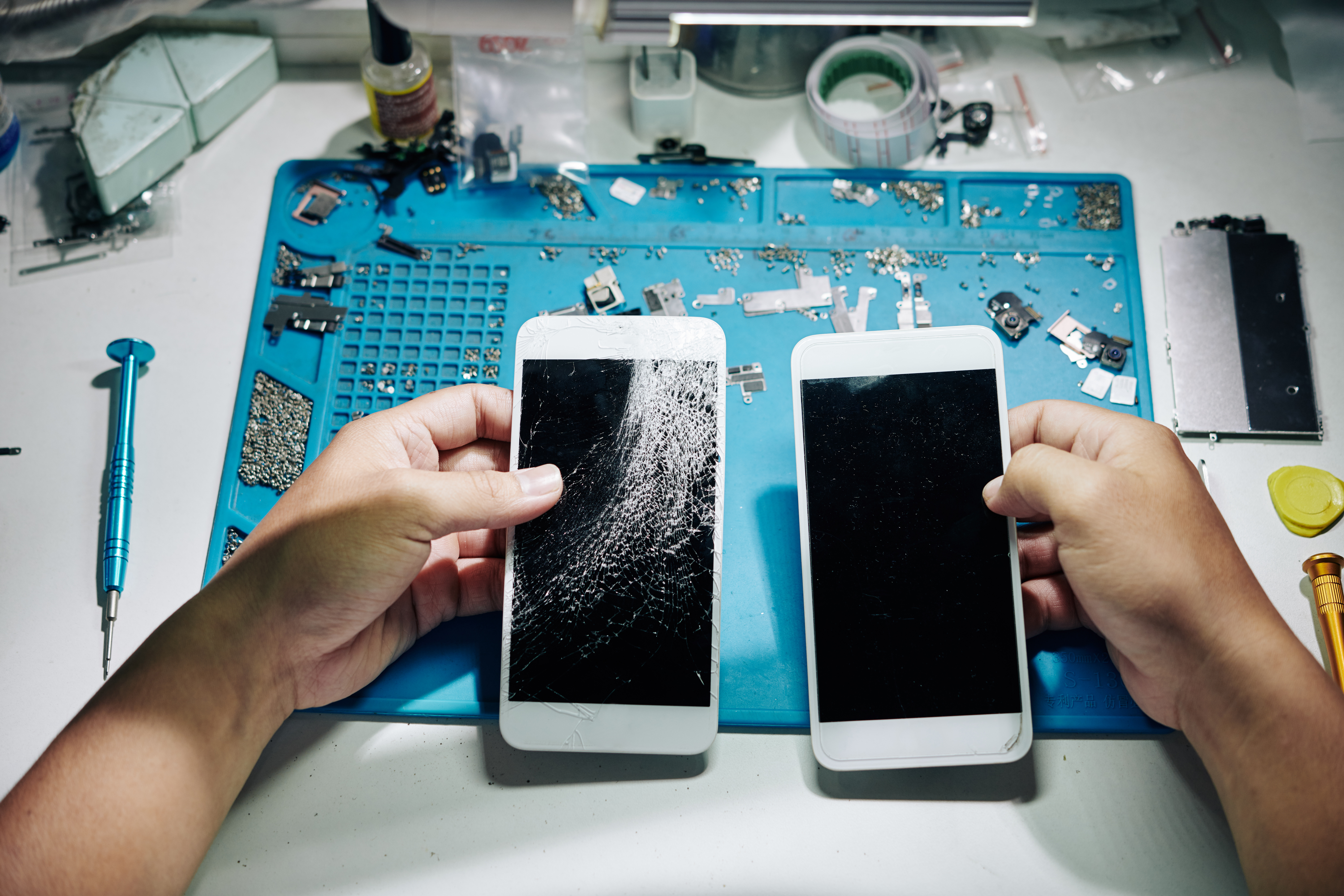In today’s tech-savvy world, smartphones have become an integral part of our daily lives. From staying connected with loved ones to managing work tasks, these pocket-sized devices play a crucial role. However, with their increasing complexity and delicacy, accidents and malfunctions are inevitable. When faced with a cracked screen or a malfunctioning camera, many of us turn to the internet for DIY phone repair solutions. While DIY repairs can save time and money, they also come with risks. In this post, we’ll explore the top 5 DIY phone repair mistakes and provide tips on how to avoid them.
1. Neglecting Proper Research
One of the most common mistakes people make when attempting DIY phone repairs is diving in without adequate research. It’s essential to understand the specific issue with your phone and the steps required to fix it properly. Rushing into a repair without the necessary knowledge can lead to further damage or even render your device unusable. Before picking up any tools, take the time to research online tutorials, read manufacturer guides, and gather the required tools and replacement parts.
2. Skipping Safety Precautions
Repairing a smartphone involves handling delicate components and tools that can cause injury if not used correctly. Many DIY enthusiasts overlook safety precautions such as wearing protective gloves and eyewear or working in a well-ventilated area. Additionally, mishandling tools like screwdrivers or prying tools can not only damage the phone but also pose a risk of injury. Always prioritize safety by taking necessary precautions and being mindful of your surroundings.


3. Disregarding ESD Protection
Electrostatic discharge (ESD) can wreak havoc on the sensitive electronic components inside your phone. Unfortunately, many DIY repair attempts take place in environments where ESD protection is overlooked. Failing to ground yourself properly or working on a static-prone surface can result in irreparable damage to your device. To prevent ESD-related issues, invest in an anti-static wrist strap, work on a grounded surface, and avoid wearing clothing that generates static electricity.
4. Overlooking Component Compatibility
Smartphones come in various models and configurations, each with its own set of components and specifications. When replacing parts during a DIY repair, it’s crucial to ensure compatibility with your specific device model. Using incompatible components or attempting to force-fit parts can lead to functionality issues and further damage. Before purchasing replacement parts, double-check compatibility with your phone’s make and model to avoid compatibility-related headaches down the line.
5. Rushing Through the Repair Process
Patience is key when it comes to DIY phone repairs. Rushing through the repair process or attempting to cut corners can result in mistakes that could have been easily avoided. Take your time to carefully disassemble the device, follow repair guides step-by-step, and exercise caution when handling delicate components. It’s better to proceed slowly and methodically than to risk causing irreversible damage due to haste.
Conclusion
In conclusion, DIY phone repairs can be a cost-effective solution for common issues, but they also come with their fair share of risks. By avoiding these common mistakes and taking necessary precautions, you can increase your chances of successfully repairing your device without causing further damage. However, if you’re unsure about tackling a repair yourself, don’t hesitate to seek professional assistance to ensure your phone is in safe hands. Remember, when it comes to DIY phone repairs, patience and preparation are key to a successful outcome.







